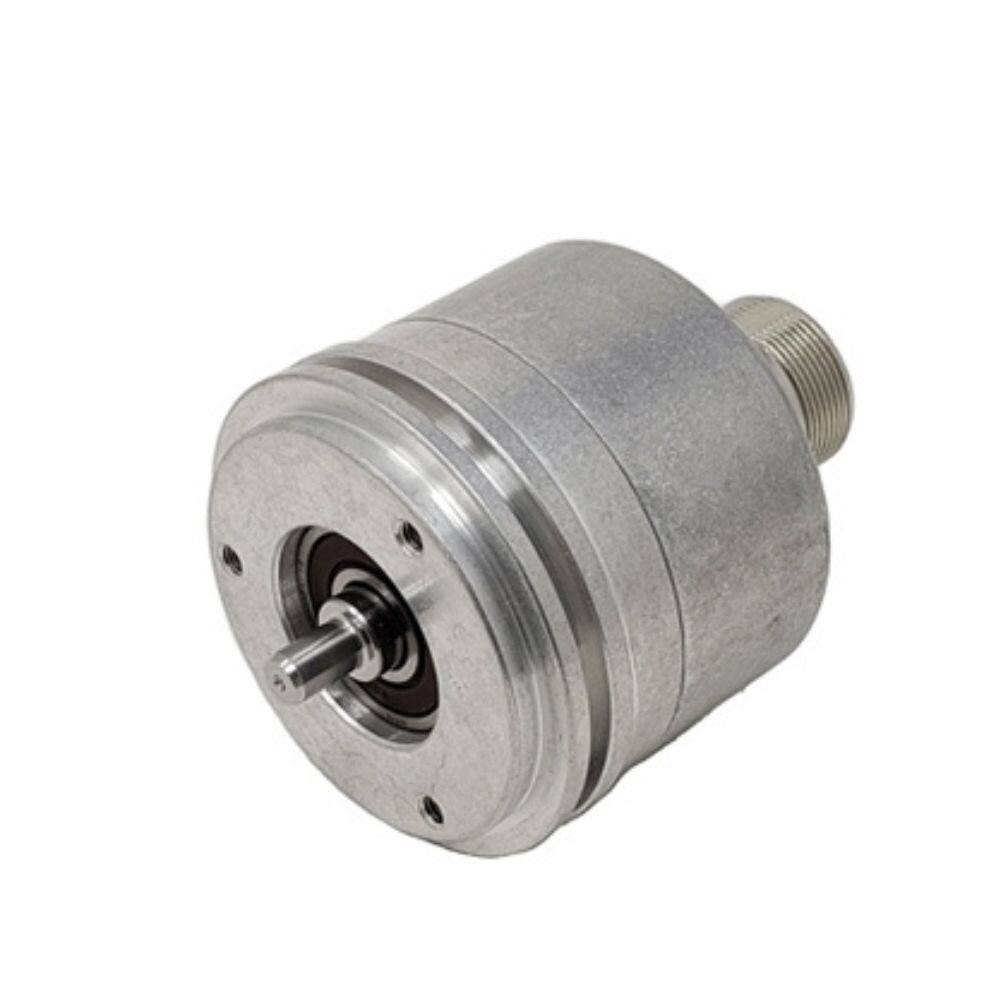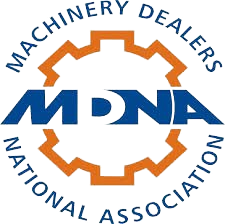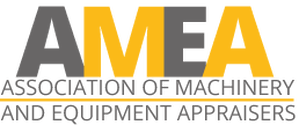7 Tips To Optimize A Digital Encoder System

Digital encoders are almost synonymous with modern automation. Almost all manufacturing facilities employ one form of encoder or the other, be it linear encoders, rotary encoders, angle encoders or something even more specialized. However, as accurate and precise as they are, their performance can always be optimized. In applications where there is a very tiny margin of error, a non-optimized digital encoder can create major issues in the end product. To avoid this, here are 7 tips or steps to properly optimize a digital encoder.
How To Optimize A Digital Encoder System?
1. Select The Appropriate Encoder For Your Specific Application
The first and most important step is to select the right encoder that is best suited for your specific needs. To achieve this, focus on factors such as operating conditions, accuracy and precision required and other probable system constraints. Here are some examples of how you can select a digital encoder based on the aforementioned parameters:
Absolute/Incremental Encoders: If you require accurate data at the startup, the absolute encoders are the best choice. The best examples are robotics and surgical equipment. If this is not a major constraint for you, then incremental encoders offer excellent speed control and a simpler, cost-effective setup.
Single-Turn/Multi-Turn Encoders: In applications with limited rotation, single-turn encoders are the ideal choice. Antennas or AGV wheels are excellent examples. For cases where cumulative data is required, such as wind turbines or cranes, multi-turn encoders are the superior choice.
2. Focus On Proper Installation And Preventing Misalignment
Not installing a digital encoder properly can result in a drop in its performance. The main things to watch out for are mounting and alignment. Always follow the guidelines provided by the encoder manufacturer to the letter for the best results. Alternatively, if you want a solution that is not so dependent on alignment, try inductive encoders designed by Heidenhain that specialize in contactless, bearingless mounting.
3. Ensure Regular Maintenance And Cleaning
Regular inspection and cleaning of digital encoders go a long way in ensuring optimal performance, considering it is mounted and aligned perfectly. This is even more important for encoders that operate in very harsh conditions, where they are exposed to dust, various oils and coolants. Therefore, inspecting and cleaning them in a scheduled manner is essential to keep the scales and optics free from contamination.
To make maintenance easier, opt for sealed digital encoders. As the name suggests, these encoders enclose the most sensitive parts of the device so they are never exposed to contaminants. However, this comes at the cost of taking up a bit more space.
4. Don’t Overcomplicate Resolution
A classic mistake while choosing an encoder is going for one that has a very high resolution. While it is very important for achieving a high degree of accuracy, it will be effective only if it matches the mechanical abilities of the system it is attached to. For instance, some encoders can provide feedback at the nanometer level, but if the mechanical system is not suited for this level of feedback, then it won’t necessarily improve feedback. Therefore, choose a digital encoder with appropriate resolution and don’t go overboard with the specification.
5. Go For Extra Environmental Protection If Required
Expanding on the third point, if required, go for an encoder that provides additional protection from the operating environment. If extreme conditions are unavoidable, then it is best to opt for specialized encoders that combat this particular issue as it is not only optimal from a maintenance perspective, but also protects the encoder from major damage. Moreover, apart from offering protection from coolants, oil and dust, the encoders must also be able to operate in a wide temperature range. This offers more durability and versatility to the encoder.
6. Verify The Compatibility Of The Encoder With The Control System
The control system is as important for providing accurate feedback as a digital encoder. The encoder and control system must be highly compatible for optimal performance. For instance, absolute controllers, when paired with interfaces like EnDat, ensure best compatibility with controllers. The end result is a seamless transfer of data without any signal interference.
7. Don’t Forget Communication Interfaces
The last piece of the optimization puzzle is the communication interface. It is the intermediate between the digital encoders and the control system. Make sure to invest in the most optimal communication protocol for best results. For example, if your focus is high speed, you can opt for EnDat 3 as it guarantees faster data rate transfer and use of fewer cables. The easier the transmission without complicating the system, the better.
Further Advancements In Performance Optimization
While the points mentioned above cover the basics, there are some more technologies you can invest in to further optimize the operation of your system. This includes:
High Resolution And Multi-Axis Operation
Investing in encoders with high resolution and multi-axis capabilities is a great step towards complete optimization. This level of accuracy can be indispensable for CNC machines, robotic arms and semiconductor manufacturing.
Predictive Maintenance
Knowing the health of your encoder in real-time can be a boon with predictive maintenance. With the integration of this advanced diagnostic tool, minimizing downtime and maximizing return on investment is guaranteed.
Compact And Modular Encoders
With compactness and performance going hand in hand, digital encoders that can save space without compromising on performance are highly valuable. Similarly, modular encoders make it easier to integrate with different devices.
Use Of Digital Twin Technology
Digital twin technology enables real-time monitoring of the encoder via a simulation. This takes predictive maintenance a step further and offers performance and maintenance optimization.
Bi-Directional Capabilities
Lastly, invest in encoders with bi-directional communication capabilities between the encoder and the control system. This will contribute to improving the system’s adaptability and overall performance.
Looking to optimize your linear encoders, angle encoders or rotary encoders? Contact us at Walker Machinery today. As a proud distributor of all Heidenhain encoders, we can provide you the best solution for your specific application. For more details, contact us at 905-876-0890.





